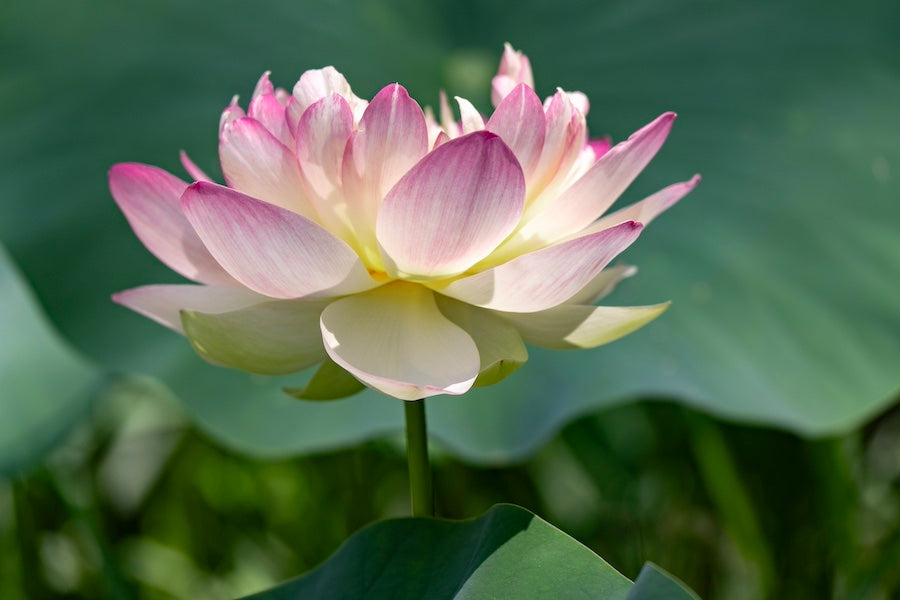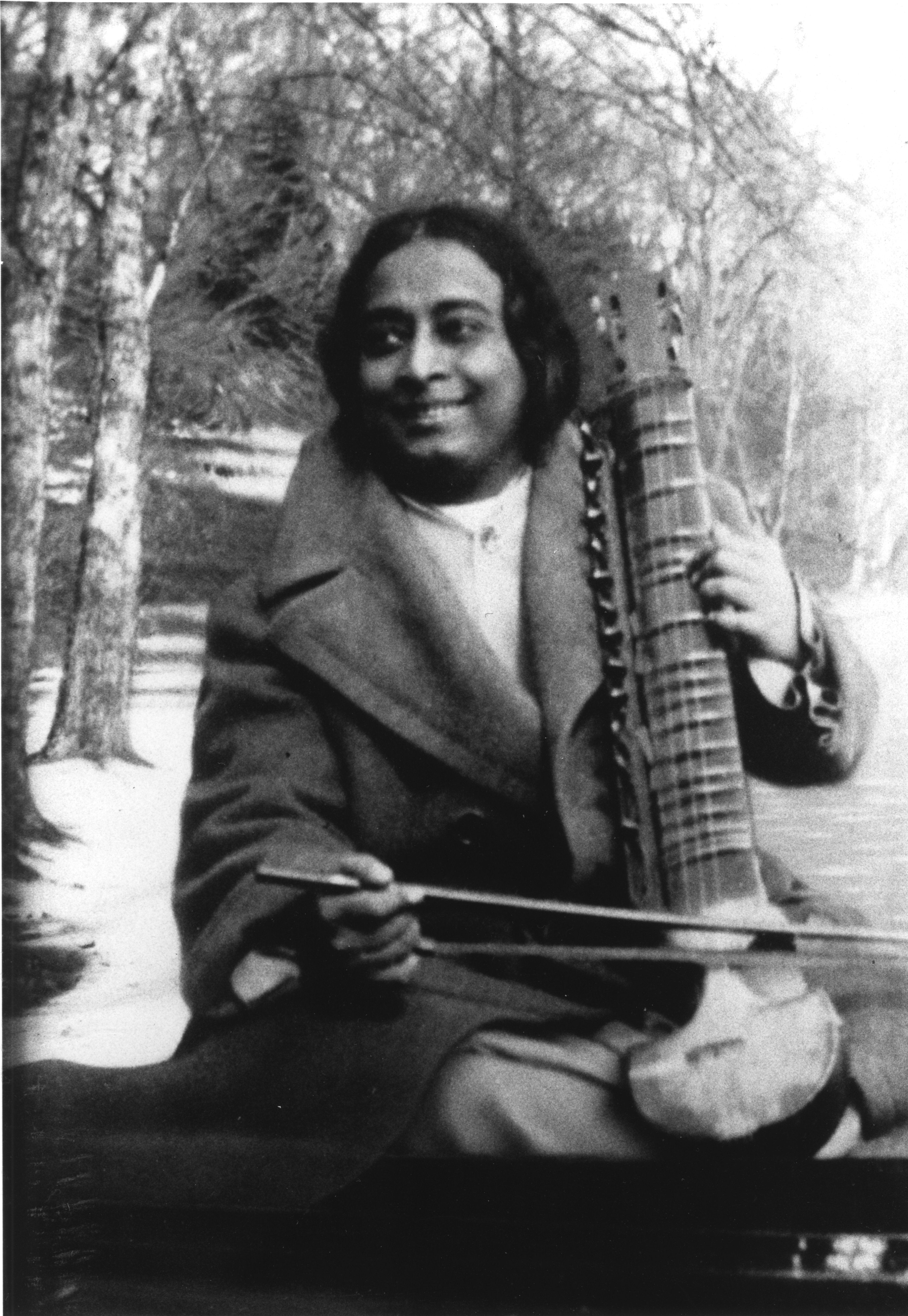Recently, Nayaswami Jaya gave a wonderful talk asking the simple yet profound question: What is consciousness?
To give us some context, Jaya reminded us of the general level of consciousness here on Earth. Swami Sri Yukteswar tells us that Dwapara Yuga, the age of energy, started back in 1700 with a little warm-up period and officially kicked off in 1900 AD. Think steam engines, electricity, and the Industrial Revolution.
Even as we transition to a new energy age, remnants of material-age paradigms persist, where we thought we were just our bodies and identified solely with the material world. A perfect example is how we're trying to manufacture consciousness with Artificial Intelligence.
Can matter create consciousness? But as Jaya gently reminded us, that's not what the scriptures say, not what yoga says, and certainly not what the great masters declare. Instead, it's the other way around! Matter is a manifestation of consciousness. Or, more precisely, thought is a manifestation of divine consciousness. Energy is a manifestation of divine thought. And as Swami Kriyananda beautifully puts it in the Festival of Light, matter is a “manifestation of divine energy.”
Are supercomputers conscious? They can mimic us, but they're not us. At our core, we are conscious beings. Consciousness isn't something our brains (or computer brains) produce. As Swami Kriyananda clarifies in Awaken to Superconsciousness:
We’ve been taught to think of consciousness as the product of brain activity. To Descartes, this activity was the final proof of existence. “I think,” he wrote, “therefore I am.” He was mistaken. It isn’t thought that produces awareness. It is awareness that produces thought. It takes consciousness to think. We are not less aware when we aren’t thinking, nor more aware when our brains are very active. Many people have experienced moments of intense awareness, and have discovered at those times that their minds were more than ordinarily still. I can’t imagine this degree of awareness in a restless mind.
So, what is consciousness? Here's the fun part: you need consciousness even to know consciousness! It's like trying to describe the taste of chocolate to someone who's never had it. We need to dive into those higher states to really get it.
Which reminds me of a story. Dharmadevi and I once led a class on “The Art & Science of Raja Yoga.” We took a little break after some yoga, chanting, and meditation. And this student, a father of some other students, looked at us with this gruff voice and said, "I'm hungry." We offered him some snacks, but he said, "No, you don't understand... I'm hungry for God... that meditation gave me a taste, and I want more." I'll never forget that man’s sincerity. That hunger. As Paramhansa Yogananda says in his poem Samadhi, “By deeper, longer, thirsty guru-given meditation comes this celestial samadhi.”
We've got to want that higher consciousness like we want air when we're underwater. Remember that story of the young man who asked the guru to be his disciple? The guru dunked his head underwater, and when he pulled him up, gasping, he asked, "What did you want in that moment more than anything?" "Air!" the young man cried. And the guru said, "Come back when you want God that much."
As Yogananda says in Autobiography of a Yogi, “The Lord, as the Cosmic Vision, is drawn by the seeker’s magnetic ardor into his range of consciousness.” That deep yearning inevitably draws us into higher consciousness.
But how do we get there, to that single-pointed devotion? Intellectual understanding can inspire us to realize the truth behind the definition (but don't confuse the definition for the experience of truth). The Masters and saints of India describe God (Divine Consciousness) as Sat-Chid-Ananda: "Ever-existing, ever-conscious, and (as Yogananda added) ever-new bliss."
Satchidananda satisfies the deepest desire in our hearts. We want to exist eternally, be conscious and aware of our existence, and have an ever-fresh, joyful, loving existence that expands and shares itself with all.
What prevents us from realizing these high levels of consciousness? We find ourselves one with divine consciousness when we empty our hearts of disturbed feelings and our minds of restlessness. As a Swami Kriyananda song sings, “I am but an empty vessel, filled with the presence of God. I am love, I am joy, I am peace.”
And how do we empty those vessels? Through deep meditation and selfless service.
In his upcoming book, The Heart of Service, Nayaswami Jyotish says, “The consciousness behind our service is more important than the service itself.” Isn't that liberating? What we do is less important than who we are. God sees our hearts, our attitudes, and our inner consciousness.
As Yogananda says in Autobiography of a Yogi:
God is love. His plan for creation can be rooted only in love. Does not that simple thought, rather than erudite reasonings, offer solace to the human heart? Every saint who has penetrated to the core of Reality has testified that a divine universal plan exists and that it is beautiful and full of joy.
I hope this has clarified things for you and that you’re not feeling like that guest who, after a retreat, said, “I’m still confused but on a much higher level!”
Ever-new joy to you!





Leave a comment
This site is protected by hCaptcha and the hCaptcha Privacy Policy and Terms of Service apply.